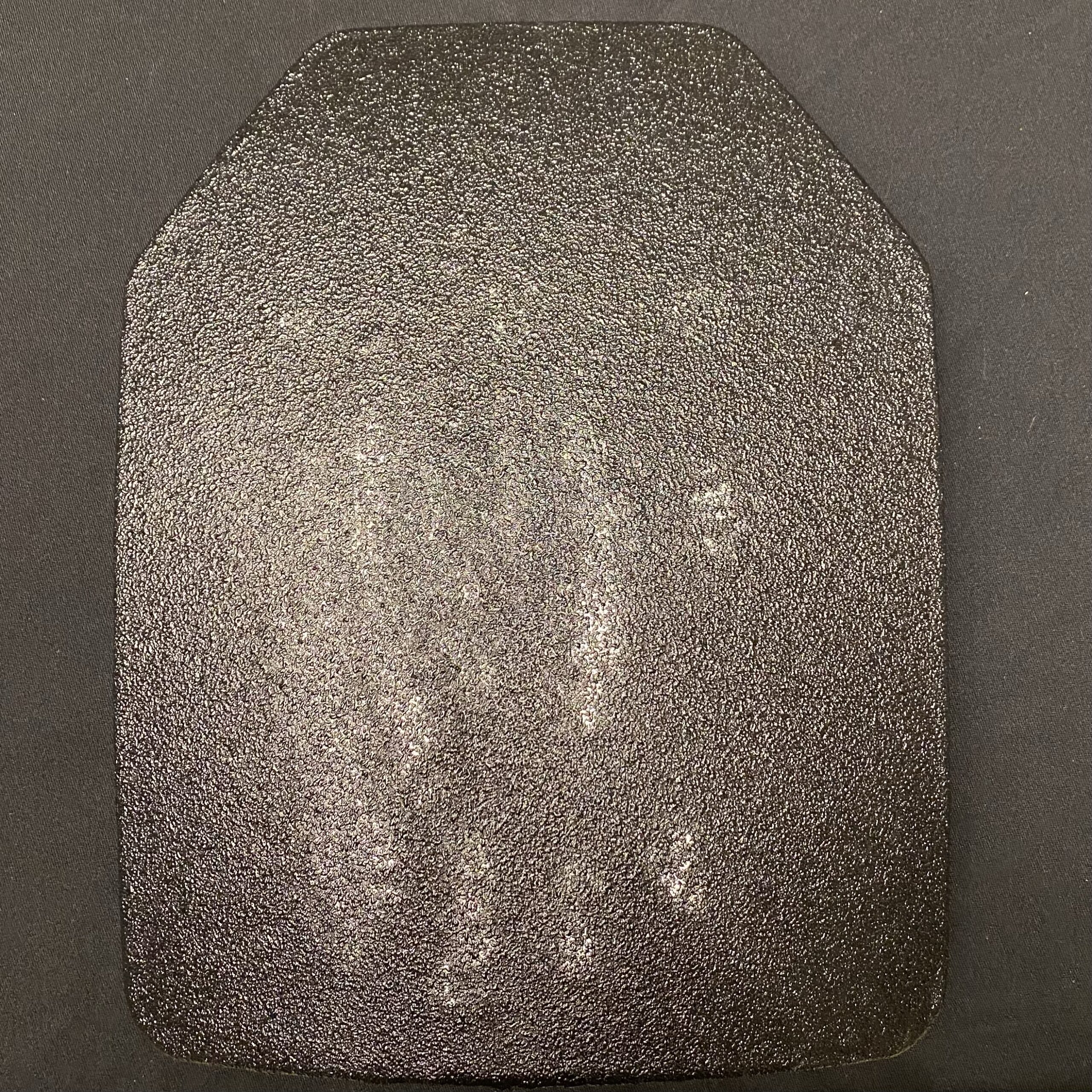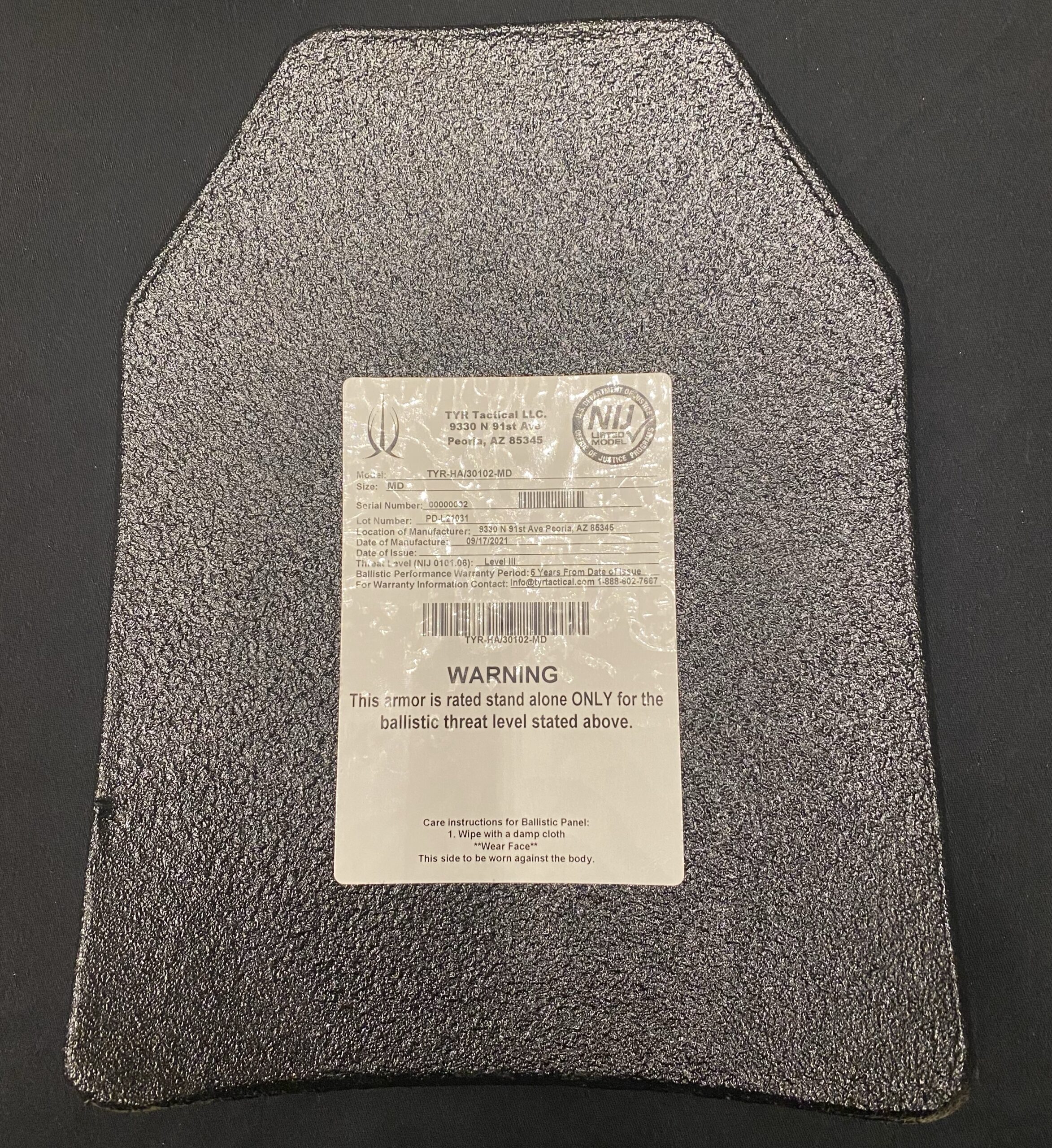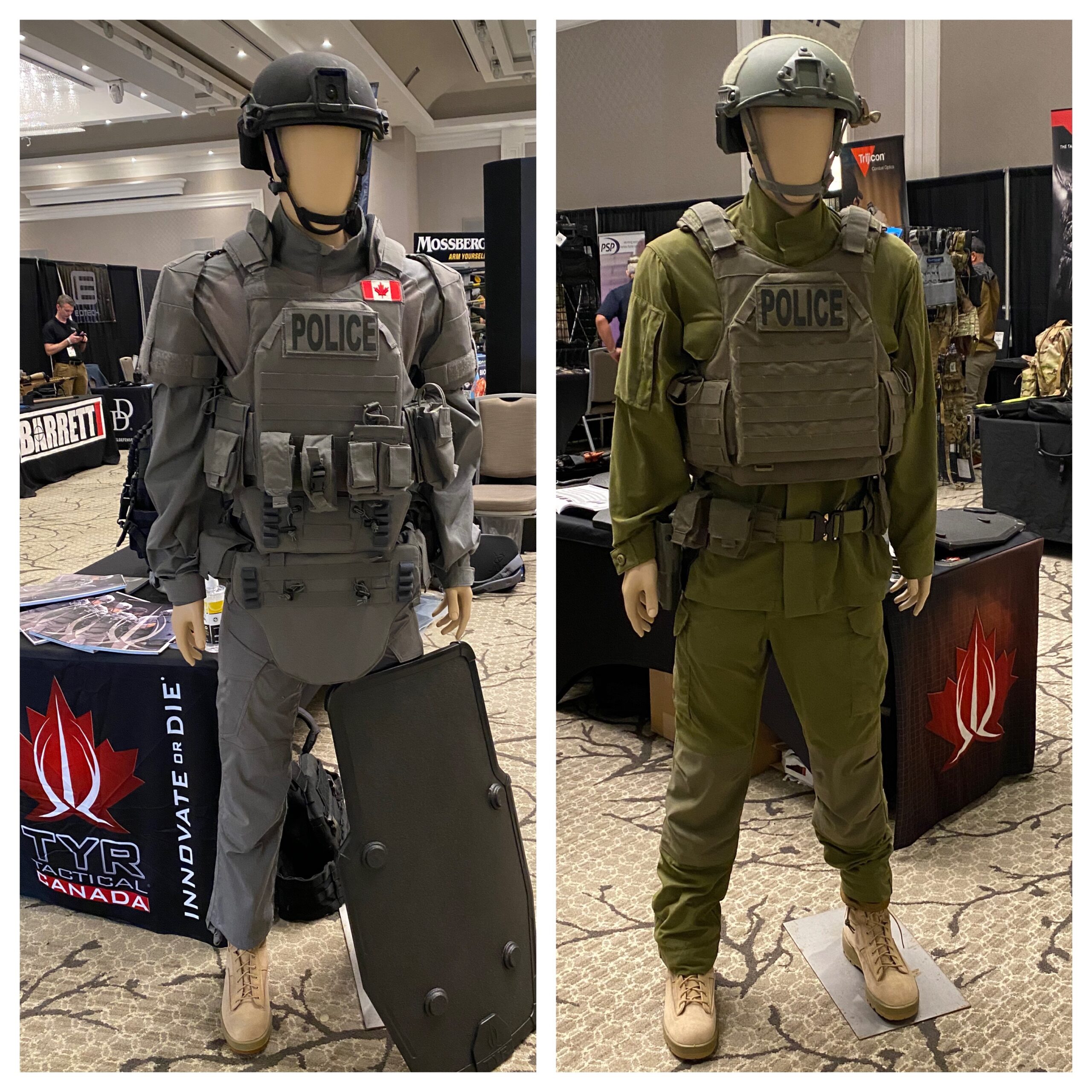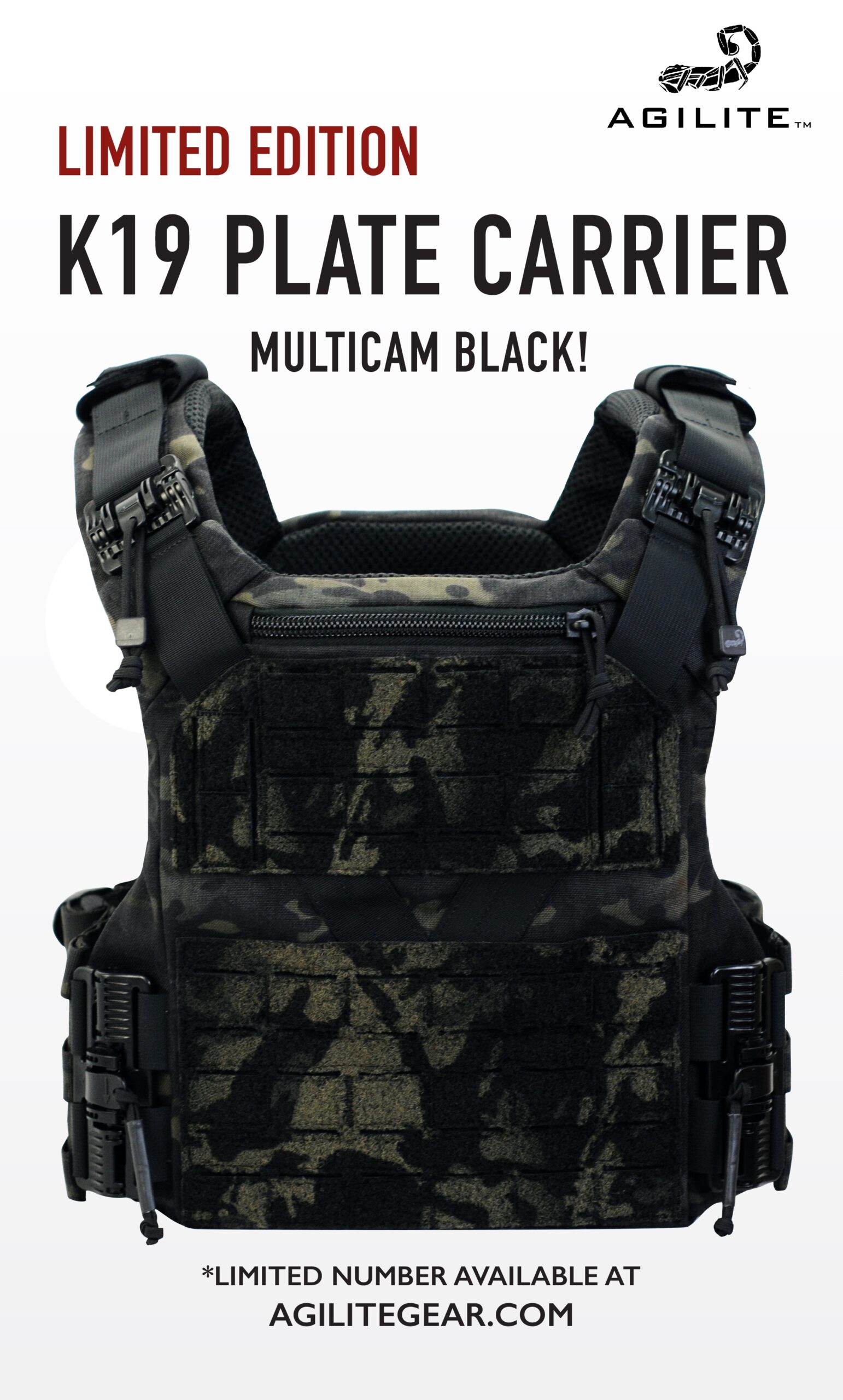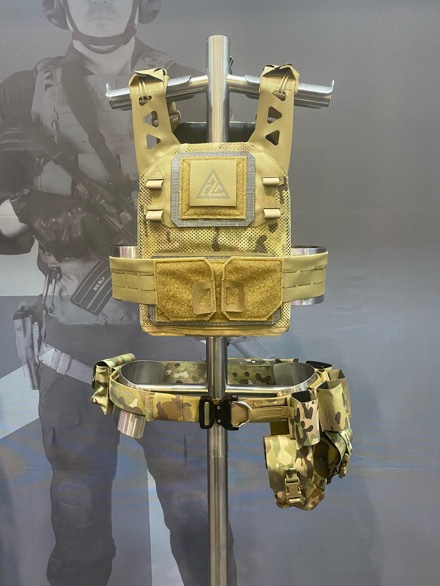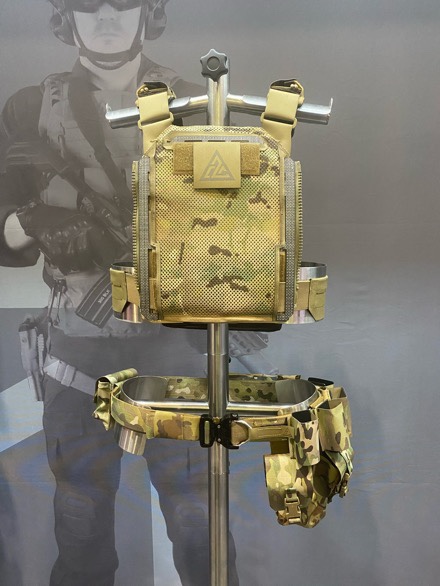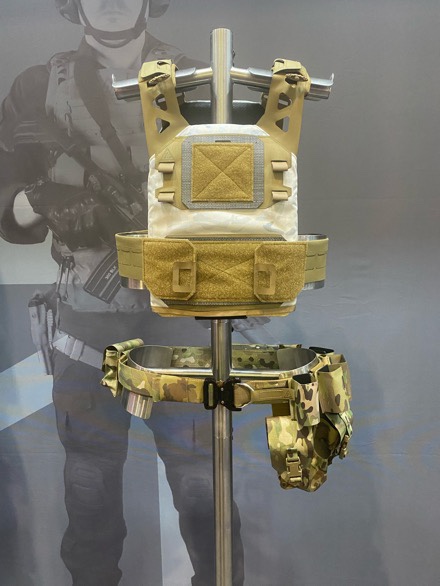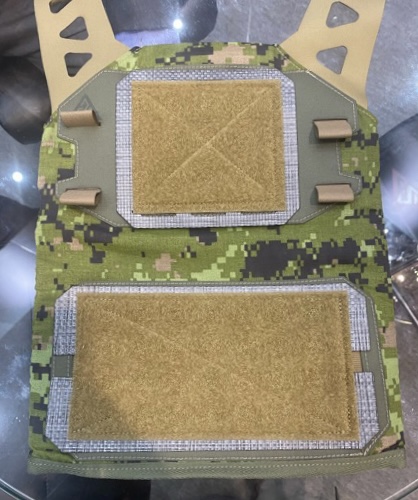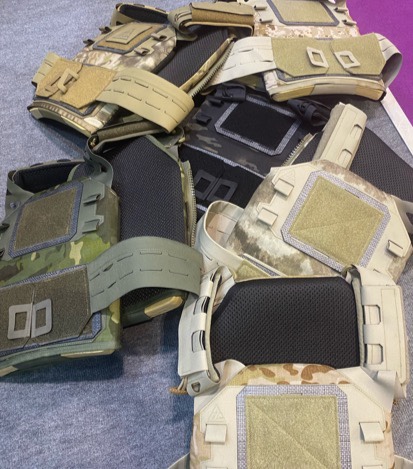IWI expands its riot control solutions portfolio, with the launch of its patented, unique and revolutionary riot-control protective suit – the GAL Versatile Protective Suit (VPS)
Adaptable to all scenarios, the VPS is designed for use by law enforcement agencies. Extremely lightweight, it provides complete protection from trauma injuries
Milipol Paris, 19-22 October, Parc d’Exposition, Stand 5A D067
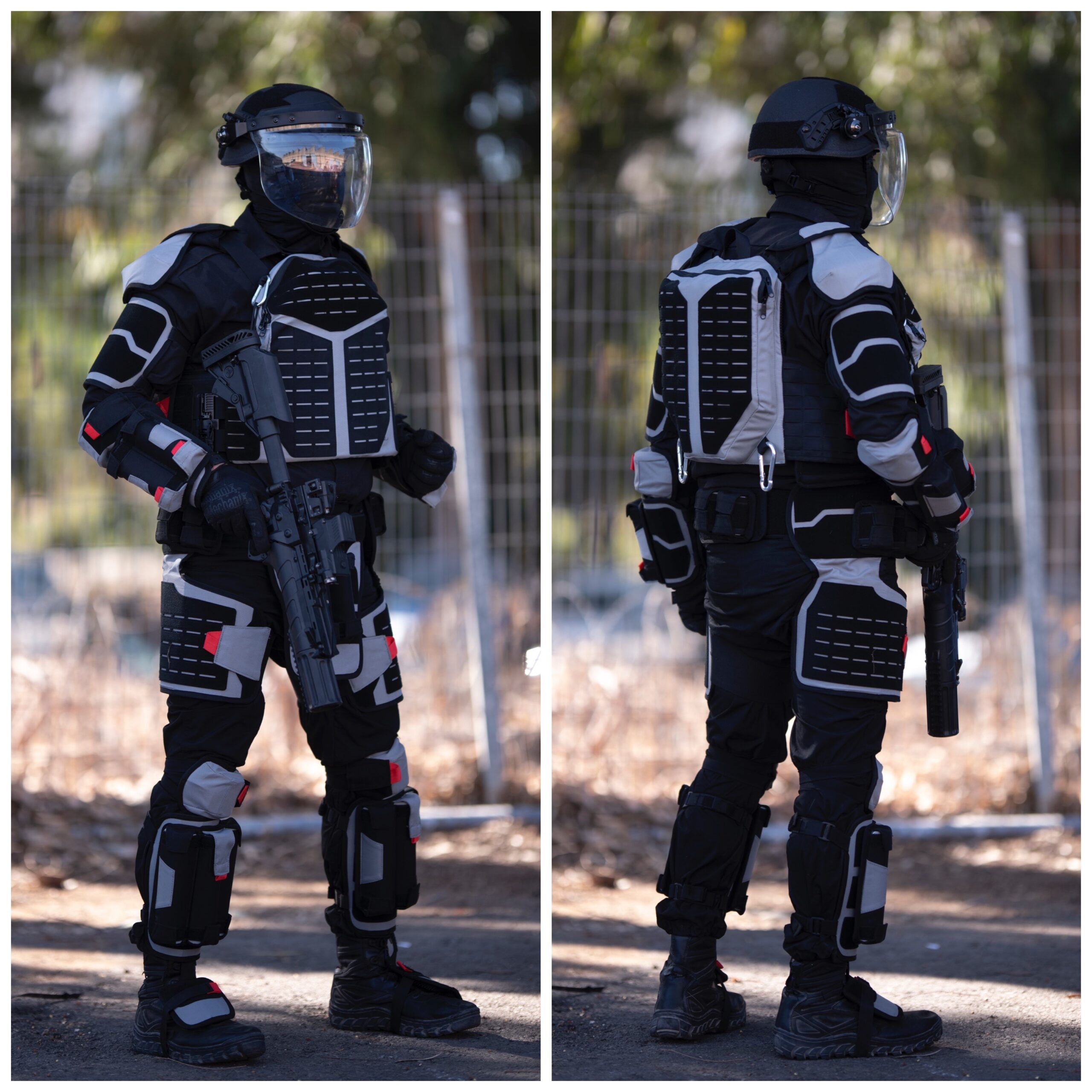
19 October 2021, Ramat Hasharon, Israel. IWI – Israel Weapon Industries – a member of the SK Group (founded by Mr. Samy Katsav), and leader in the production of combat-proven small arms for military forces, police units, law enforcement agencies, and governmental entities around the world – announces the expansion of its comprehensive range of riot-control solutions as it launches the patented GAL Versatile Protective Suit (VPS). Designed for the protection of forces while maintaining public order, the lightweight, wearable protection system is adaptable to all scenarios.
The GAL VPS absorbs massive kinetic trauma and reduces and diverts the transfer of a blow to the body. A comprehensive, 3-level operational solution, the GAL VPS is flexible and easy to wear. It includes a vest and arm and leg protectors, all anti-trauma, and weighs just 4.4 kg at W2 and 5.9kg at W4, making it the most lightweight protective suit, while the unique design enables users from small to large size to wear it. The system is also covered with an anti-abrasion material as standard, or with flame retardant material according to the customer’s needs.
Together with the bullet proof and anti-stab ultralight vest and ultralight ballistic helmet, the GAL VPS is the most up-to-date, versatile protective suit available today. Moreover, following a stringent testing process and crash tests, the system has achieved German standard VPAM KDIW 2004 Cubic/ Wurfel.
“In the past year, we have witnessed the growing need for a professional personal protection system that provides a solution for security forces in the face of diverse missions and minute-by-minute situational changes,” says Ronen Hamudot, Executive VP of Marketing and Sales at SK Group. “We have developed a single kit that provides different levels of protection and addresses any scenario, including covert missions, search and arrest missions, dispersal of demonstrators, and more. This GAL VPS is an addition to the overall solution offered by IWI in the field of public protection. IWI continues to pursue its goal of providing complete solutions to its customers, by constantly developing the most advanced systems in the world.”



